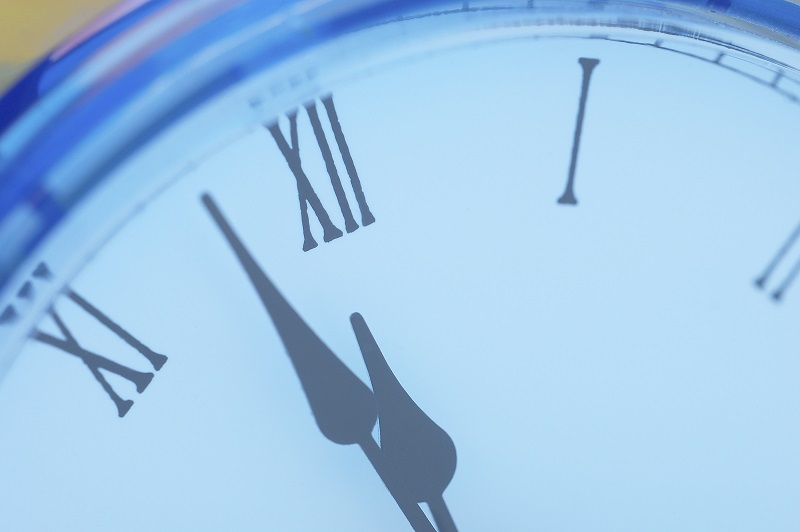Service life of products
The term ‘service life’ is usually applied to products to indicate the period of time over which they can function as they were intended, giving users the service they expect. So, for instance, the service life of a boiler is the length of time it can function as a boiler ie, providing heating and hot water.
Service life may be thought to begin at the point of sale ie, when the customer buys the product, whether in a shop, online or wherever purchased, to the point it is discarded. Some products however, are discarded before the end of their service life for various reasons, including the arrival of better products on the market, boredom or simply a desire for change.
A product said to have a long service life may suffer the occasional breakdown during that time. However, if it can be maintained and repaired to allow it to function as before, it should not normally interfere with the service life. Poor repairs can however, adversely affect service life.
[edit] What can determine service life?
Factors that can determine the service life of a product include:
- Quality of manufacture
- Materials used
- Flexibility in use
- Intensity of use
- Operating/environment conditions
- Care in distribution and use
- Built-in obsolescence
- Maintenance and repairs
Manufacturers can use tools and calculations (reliability analysis and maintainability, for instance) to determine a product’s expected service life. Specifying a product’s service life represents a commitment on the part of a manufacturer which, if seriously overstated, could have financial implications for them.
For most commercial and consumer products, manufacturers commit cautiously to service life, usually staying within a 2-5-year period. But this can depend on the product in question: motor vehicles may have a service life of 150,000 miles or 15 years of service before they are regarded as at the end of their service life.
[edit] The service life of a building
The Home Quality Mark One, Technical Manual SD239, England, Scotland & Wales, published by BRE in 2018, defines the service life of a building as ‘the period of time after installation during which a building, or its part, meets or exceeds the performance requirements.’ See 'service life' for more information.
[edit] Related articles on Designing Buildings Wiki
Featured articles and news
RTPI leader to become new CIOB Chief Executive Officer
Dr Victoria Hills MRTPI, FICE to take over after Caroline Gumble’s departure.
Social and affordable housing, a long term plan for delivery
The “Delivering a Decade of Renewal for Social and Affordable Housing” strategy sets out future path.
A change to adoptive architecture
Effects of global weather warming on architectural detailing, material choice and human interaction.
The proposed publicly owned and backed subsidiary of Homes England, to facilitate new homes.
How big is the problem and what can we do to mitigate the effects?
Overheating guidance and tools for building designers
A number of cool guides to help with the heat.
The UK's Modern Industrial Strategy: A 10 year plan
Previous consultation criticism, current key elements and general support with some persisting reservations.
Building Safety Regulator reforms
New roles, new staff and a new fast track service pave the way for a single construction regulator.
Architectural Technologist CPDs and Communications
CIAT CPD… and how you can do it!
Cooling centres and cool spaces
Managing extreme heat in cities by directing the public to places for heat stress relief and water sources.
Winter gardens: A brief history and warm variations
Extending the season with glass in different forms and terms.
Restoring Great Yarmouth's Winter Gardens
Transforming one of the least sustainable constructions imaginable.
Construction Skills Mission Board launch sector drive
Newly formed government and industry collaboration set strategy for recruiting an additional 100,000 construction workers a year.
New Architects Code comes into effect in September 2025
ARB Architects Code of Conduct and Practice available with ongoing consultation regarding guidance.
Welsh Skills Body (Medr) launches ambitious plan
The new skills body brings together funding and regulation of tertiary education and research for the devolved nation.
Paul Gandy FCIOB announced as next CIOB President
Former Tilbury Douglas CEO takes helm.
UK Infrastructure: A 10 Year Strategy. In brief with reactions
With the National Infrastructure and Service Transformation Authority (NISTA).























